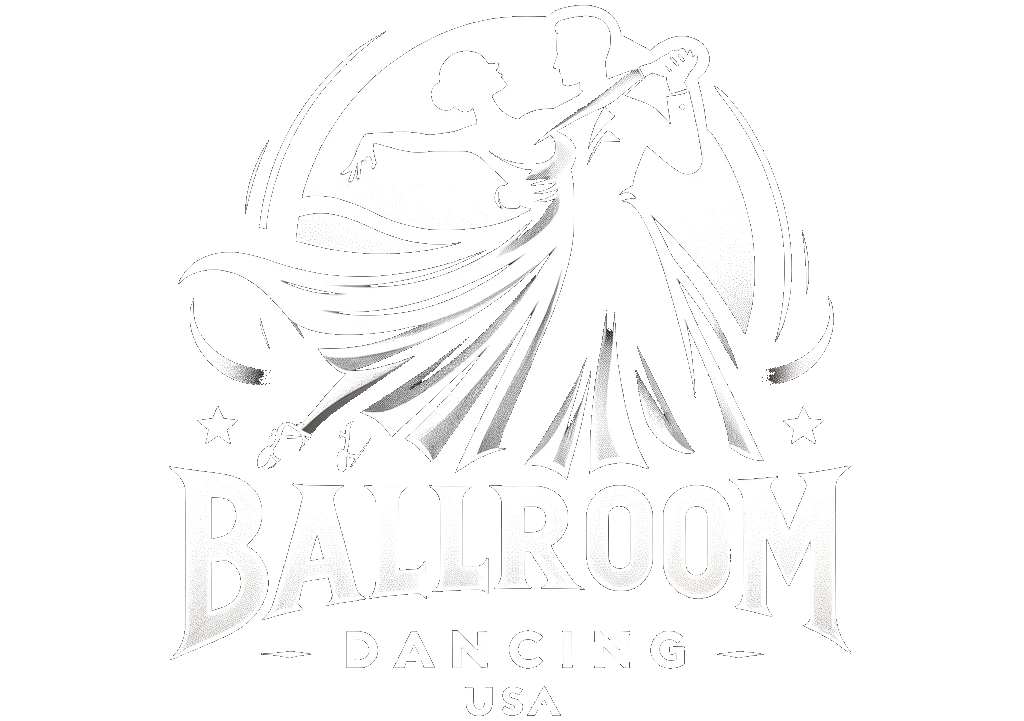1. Introduction to Evaluating Skill Level in Ballroom Dance Introduction to Evaluating Skill Level in Ballroom Dance Ballroom dance is a popular form of art and entertainment that is enjoyed by people of all ages and backgrounds. As a participant in ballroom dance, it is important to evaluate your own skill level in order to […]
Read More1. Introduction Introduction Ballroom dancing is an art form that has been around for centuries, and is still enjoyed by millions of people around the world today. In the United States, ballroom dancing competitions are held at various levels, from amateur to professional. This article will explore the different levels of ballroom dancing competitions in […]
Read MoreSkill Assessment for Ballroom Dancing
Are you an aspiring ballroom dancer looking to improve your skills? Or maybe youre just curious about the different levels of ballroom dancing? Whatever your reasons, skill assessment is an important part of understanding and improving your ballroom dancing skills.
What is Skill Assessment?
Skill assessment is the process of determining a dancers level of proficiency in a particular dance style. It involves both physical and mental evaluation of a dancers technique, musicality, and overall performance. This assessment is often done in a formal setting, such as a dance studio, or in a more informal setting such as a social dance.
Why is Skill Assessment Important?
Skill assessment is important because it allows dancers to accurately gauge their progress and identify areas of improvement. It also helps instructors and coaches provide feedback and guidance to their students. Additionally, skill assessment is important for competitions, as it allows judges to accurately assess the level of performance of each dancer.
How is Skill Assessment Done?
Skill assessment is typically done in three stages: observation, evaluation, and feedback. During the observation stage, an instructor or judge will watch a dancers performance and take note of their technique, musicality, and overall performance. During the evaluation stage, the instructor or judge will assess the dancers performance and provide feedback. And finally, during the feedback stage, the instructor or judge will provide constructive criticism and suggestions for improvement.
What Are the Different Levels of Skill Assessment?
The different levels of skill assessment vary depending on the style of dance. Generally, there are five levels of skill assessment: beginner, intermediate, advanced, professional, and master. Beginner dancers are typically assessed on their basic technique and ability to follow basic steps. Intermediate dancers are assessed on their ability to execute more complex steps and patterns. Advanced dancers are assessed on their ability to execute complex steps and patterns with precision and finesse. Professional dancers are assessed on their ability to execute complex steps and patterns with grace and artistry. And finally, master dancers are assessed on their ability to execute complex steps and patterns with ease and perfection.
Conclusion
Skill assessment is an important part of understanding and improving your ballroom dancing skills. It allows dancers to accurately gauge their progress and identify areas of improvement. It also helps instructors and coaches provide feedback and guidance to their students. Additionally, skill assessment is important for competitions, as it allows judges to accurately assess the level of performance of each dancer.



